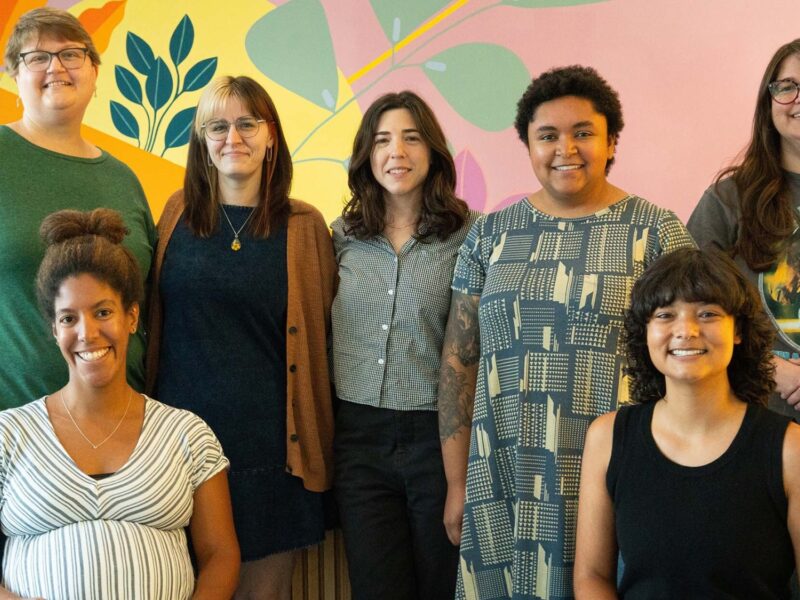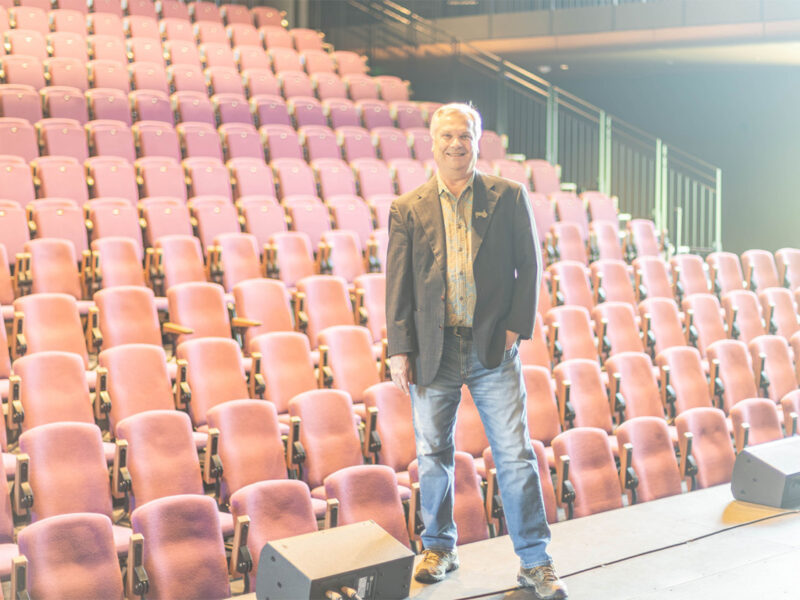Here's how to manage the challenges of talking to donors about planned giving during a pandemic.
Fundraising during a pandemic is one of the many unique challenges your nonprofit may be facing this year. While it may seem counterintuitive to cultivate gifts now, several experts advise that this is actually an important time to talk to your donors about legacy giving.
“This is the best time because people are planning,” says Dr. Russell James, Director of Graduate Studies in Charitable Financial Planning at Texas Tech University. “What people are leaving to charity has more than doubled this year.”
Since COVID -19, many organizations have seen an increase in planned gifts.
“One of the sayings in planned giving is that it’s often around a life event — a new mortgage, the birth of a child, retirement — where people begin to have these reflection times,” stated Patrick Schmitt, co-CEO of FreeWill in an article with The Chronicle of Philanthropy. “What we’re really seeing now is that the entire country is going through a life event simultaneously.”
In May, FreeWill saw a 600 percent increase in bequest commitments in comparison to 2019.
Research has shown that when a donor commits a planned gift to your organization, they are likely to give more during their lifetimes.
“Once a person includes a planned gift in a will; their charitable giving goes up substantially by 75 percent (over time),” says Russell.
Spark the Conversation
While people are giving more in response to the current situation, this doesn’t make having a conversation about planned giving straight-forward.
In fact, according to Russell, talking about wills and estate planning can be a sensitive topic, and he has advice for making the conversation easier.
First, simply be helpful.
Offer useful information, and share how you can assist. By leading with giving tips and concepts, you are taking the focus off of life and death, which can often be associated with planned giving.
Russell offers the example: “With all of the recent changes in tax laws, we’ve been helping people find ways to give smarter.” This can help a donor reframe how they think.
Russell also encourages fundraisers not to underestimate the power of a simple thank you.
“When you can’t ask, thank,” says Russell.
That’s Russell’s next piece of advice — issuing a public thank you can go a long way with donors, especially if the donor has a unique story. By sharing these personal stories, you also provide potential legacy donors with new perspectives on giving that may make your organization top of mind when they’re ready to plan.
“When you can’t ask, thank.”
Dr. Russell James

What’s Next
Once you and your donors have had a conversation about planned gifts, talk to them about how they would like to approach their giving and their long-term investment in your organization.
Have donors consider the following giving strategies to ensure stability for your nonprofit during these uncertain times:
- Beneficiary Designations
- Unrestricted Gifts
- Qualified Charitable Distributions (QCDs)
Also have them consider donating non-cash assets such as stock. Stock is an asset that appreciates in value over time and they can donate shares without changing their portfolio.
If you are interested in learning more about how planned giving can benefit your organization, Director of Gift Planning Mariah Brook (651.325.4269) is always happy to help.
To learn more about how you can achieve stability and longevity through planned giving and an endowment, check out our nonprofit endowment resources. Also check out our planned giving video series for additional tips on how to get the most out of your planned giving fundraising plans.
Information sourced from Dr. Russell James interview with Patrick Schmitt, co-CEO of FreeWill.









